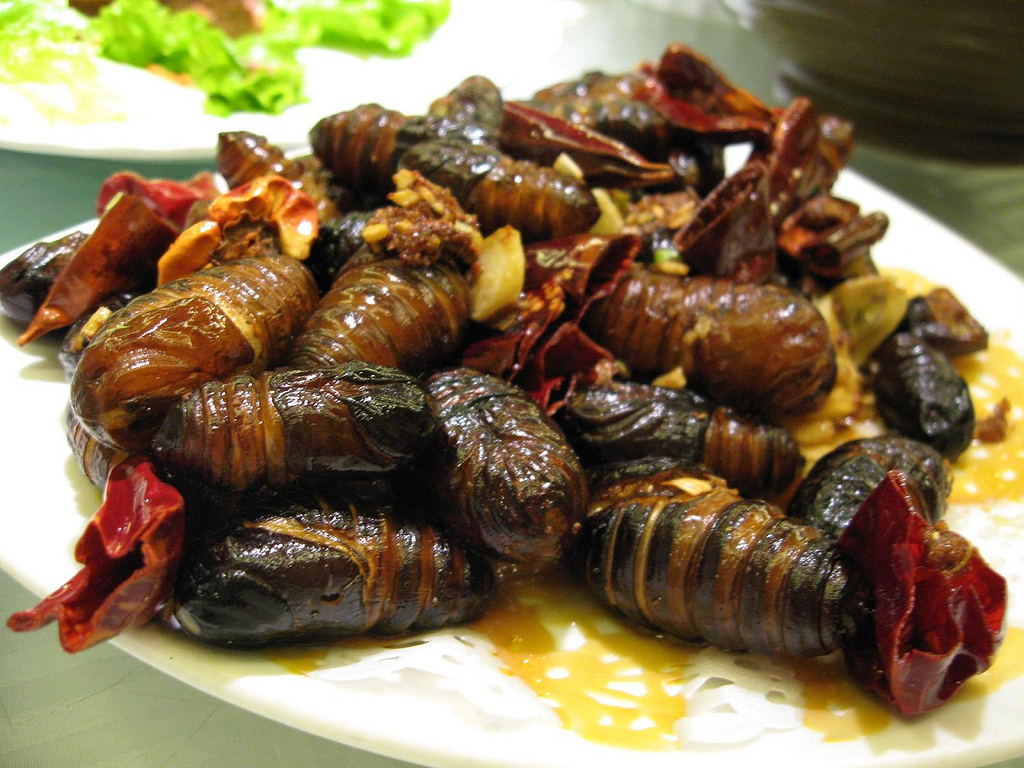Blog
Surprising Biomedical Benefits of Silk
Silkworms are famous for producing silk, which is a luxury fibre coveted for its texture and lustre. This was discovered in 2696 BC by the Chinese empress when she noticed a strong but soft thread in a silkworm’s cocoon. From then on, silk became a highly-priced item in Ancient China that only the nobility were allowed to wear.
The first documented medical application of silk was by Claudius Galenus of Pergamon (c. 131 to c. 211 AD). Since then, silkworm has been a subject of research in many cultures. Here are some of the most potential health benefits of these moth caterpillars discovered after centuries of research:
Skin Care Formulation
Silk cocoon-based skin care formulations are gaining popularity for its efficacy in slowing down skin ageing and promoting skin radiance. Within the micro-silk fibres are proteins called “sericin”, which boost the moisturizing properties of other ingredients.
When silk extract is applied to the skin with other ingredients, it absorbs the sebum, toxins, and keratinaceous debris. At the same time, the active compounds leech out and get into the deeper layer of the skin.
Producer of Collagen
Collagen is the main structure protein of connective tissues. It can be found in the skin, bone, cartilage, tendons, and ligaments. It is also used in cosmetic and reconstructive surgery. Genetically-engineered silkworms produce collagen alongside silk, and accounts for up to 10% of the cocoon’s protein weight. It’s easier to produce and extract in large quantities, making silkworm-derived collagen a major industry in several countries nowadays.
A biological laboratory in Japan has also developed a technology that allows genetically-engineered silkworm to produce human collagen. This solves certain problems as conventional cosmetic products use fish-derived collagen, which has higher risk of triggering an allergic reaction.
A Nutritious Snack

Silkworm may not be your idea of a snack, but in Thailand, China, and Korea—it is a nutritious delicacy! According to studies, silkworm pupae contains a lot of more amino acids than soybeans. David Taylor, a nutrition expert at Monkeyfoodz, says “Silkworms are also widely used and favoured by science because they contain unsaturated fatty acids. These unsaturated fatty acids play a crucial role in lowering the body’s lipid levels – weight gain, and even obesity.”
It is also loaded with Vitamin B1, B2, B3, Iron, Calcium, Protein, Magnesium, and Sodium.
May Prevent Alzheimer’s Disease
Scientists at Weizmann Institute of Science in Israel have discovered that the composition of silk fibrils within silkworm cocoons are significantly comparable to the amyloids or cell-damaging protein clumps that form in an Alzheimer’s-inflicted brain. They are looking further into the ability of silk proteins in halting the formation of amyloid plaques in the brain.
Silkworms are also widely propagated in Australia for research, medicine, textile, and animal food. Being generally harmless, they can also be kept as pets and used as a subject when teaching about the life cycle of insects.
Do you want to have silkworm pets?
Are you a teacher who needs an interesting example for class discussions?
Or are you simply curious about silkworms?
Everything Silkworms offer silkworm varieties that suit the Australian climate.

